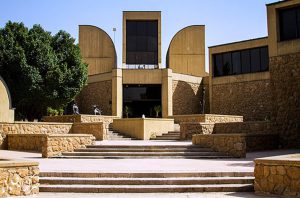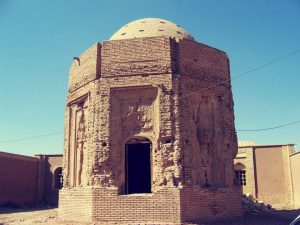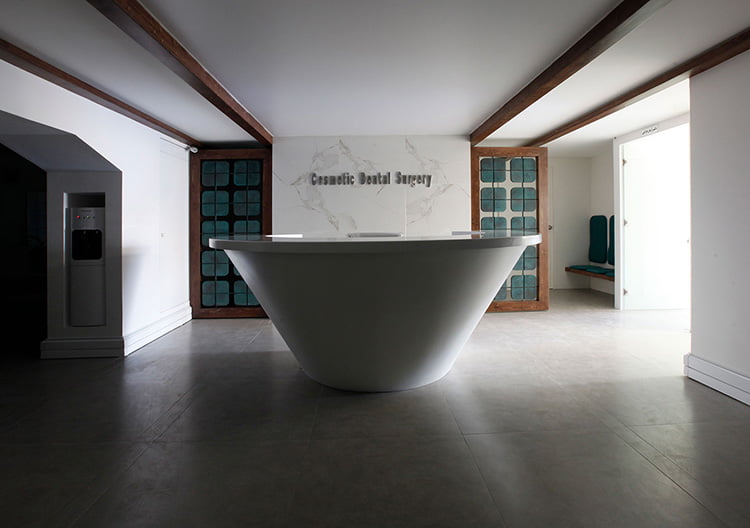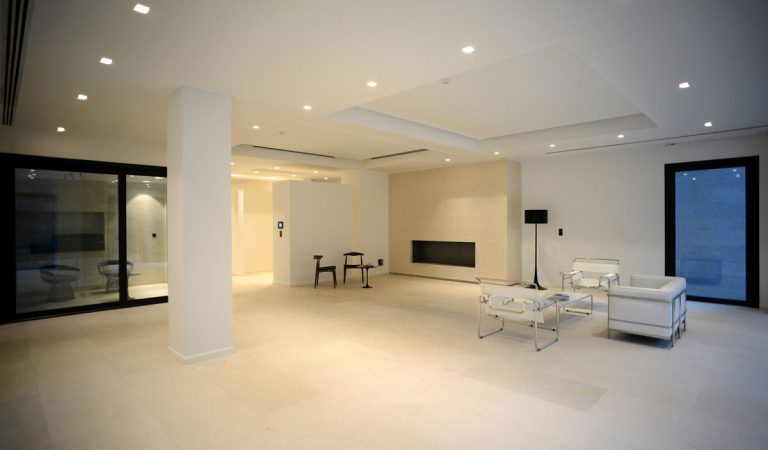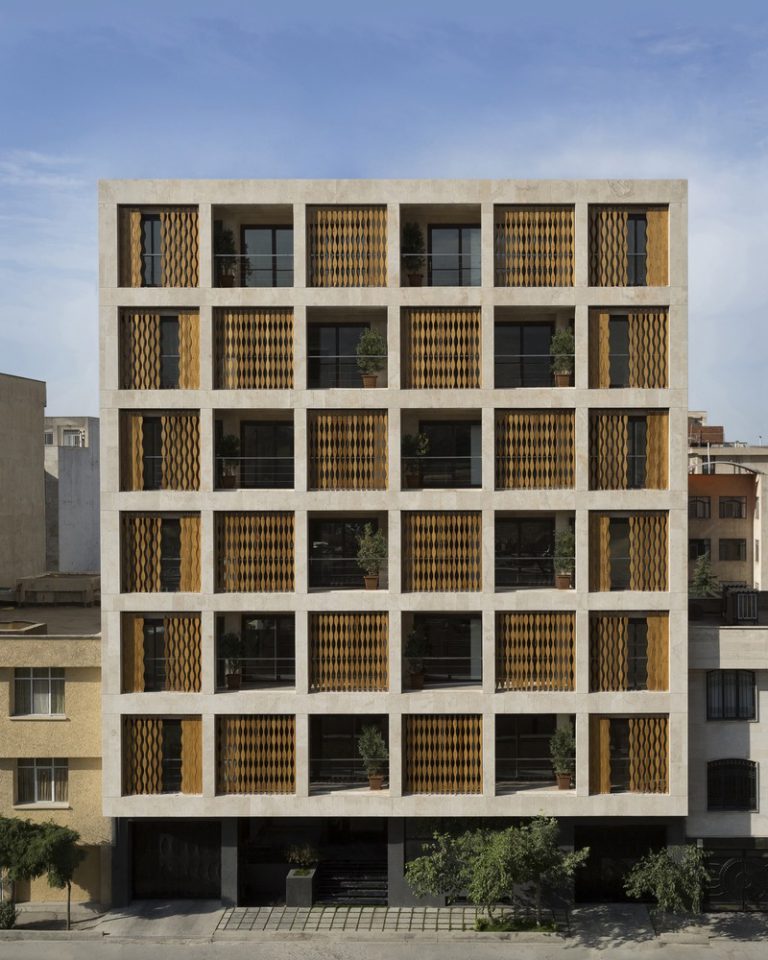نوع مقاله : مقالۀ پژوهشی
نویسندگان
- حمید محبی 1
- منصوره طاهباز 2
1 پژوهشگر دکتری معماری، دانشگاه شهید بهشتی، تهران، ایران.
2 دانشیار گروه ساختمان، دانشکدۀ معماری و شهرسازی، دانشگاه شهید بهشتی، تهران، ایران
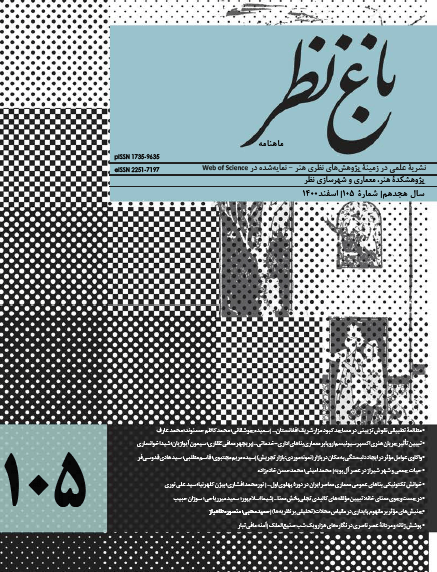
باغ نظر (ماهنامه)
دوره 18، شماره 105
اسفند 1400
صفحه 110-93
بیان مسئله: مفهوم پایداری به شکل روزافزون بهعنوان مؤلفهای مهم در شکلگیری محیط مصنوع مطرح میشود. این موضوع بهخصوص در محلات بهعنوان واحد سازندة شهرها و سازماندهندة دانههای معماری اهمیت مییابد. اما پیادهسازی و بهعملدرآمدن این مفهوم در جهان واقع بیش از هر چیز نیازمند شناخت و داشتن فهمی دقیق از آن است.
هدف پژوهش: این مطالعه با هدف ارائة درک بهتری از مفهوم امروزین پایداری درمقیاس محلات و باز نمودن زمینه برای تحول و تکامل آن صورت گرفته.
روش پژوهش: این پژوهش با رویکردی تحلیلی و با بهرهگیری از روش تحقیق زمینهای به واکاوی اصول پایداری در جنبشهای مؤثر بر ساخت محلات در150 سال گذشته میپردازد و در انتها رویکردهای مشترک و همچنین مشخصکردن وجوهی از آنها که در فهم امروزین از پایداری مشارکت دارند را شناسایی میکند. این جنبشها دربرگیرندة پارکها و زمینهای بازی، باغشهرها، واحد همسایگی، برنامهریزی اکولوژیکی منطقهای، مدرنیزم، نوسنتگرایی، شهرسازی منظرگرا-بومگرا و اکوشهرها میشود که البته مکاتب مؤثر محدود به موارد بیانشده نیست و نویسندگان بر پایة میزان اهمیت، گسترة تأثیر و محدودیتهای مقاله، به انتخاب آنها پرداختهاند.
نتیجهگیری: با بررسی راهبردها و اصول جنبشهای معماری-شهرسازی که بر محلات تأثیرگذار بودهاند، دنبالهای بههمپیوسته از نظرها و افکار برآمده از حیطههای تخصصی مختلف قابل مشاهده خواهد بود که هر یک بهعنوان پاسخی به چالشهای زندگی شهری در زمان خود مطرح شدهاند و نظر به میزان اثربخشی، جایگاه خود را در طول زمان در چارچوب مفهوم پایداری تثبیت نمودهاند. به عبارتی مفهوم امروزین پایداری را میتوان پدیدهای منعطف و تکاملیافته در طول زمان دانست که حاصل مشارکت جنبشهای گذشته و برآیند تجارب موفق آنهاست. این مقاله همچنین در ادامة این روند با توجه به گسترش سیستمهای ارزیابی محلات در راستای جنبشهای با غلبة رویکرد برنامهریزانه، مدیریت پایداری را بهعنوان جریان مؤثر بر ساخت محلات در دهة اخیر شناسایی و معرفی میکند.
عنوان مقاله [English]
Influential Movements on Sustainability Concept at Neighborhood Scale (An Analysis on Theories)
نویسندگان [English]
- Hamid Mohebbi 1
- Mansoure Tahbaz 2
Problem statement: The concept of sustainability is being increasingly discussed as an important component contributing to building environments. This has grown in importance especially, in neighborhoods as the basic building block of cities and organizer of architectural components. Nevertheless, accurate understanding and knowledge of sustainability are necessary for its implementation and actualization in the real world.
Research objective: This study attempts to provide a better understanding of the contemporary conception of sustainability and lay the groundwork for its progress and evolution
Research method: in this study, the sustainability principles of the movements contributing to the formation of neighborhoods in the last 150 years were analytically investigated using the grounded theory method, and conclusively, common approaches were identified and those aspects, which contribute to the contemporary concept of sustainability were investigated. These movements were namely parks and playground, garden city, neighborhood unit, regional ecological planning, modernism, neo-traditionalism, landscape ecological urbanism, and eco-city; however, the contributory styles were not limited to these, and the authors of this study selected some of them according to their importance, impact range, and limitations of this study.
Conclusion: By investigating the guidelines and principles of influential architecture and urban planning movements on neighborhoods, a tail of interconnected views and thoughts, resulting from different professional fields, can be observed. Each of them is presented as a response to the urban life challenges of their time, and based on their effectiveness, they have consolidated into the concept of sustainability. The contemporary concept of sustainability could be recognized as a flexible and developed phenomenon resulting from the contribution of past movements and the outcome of their successful experiences. In the present study, sustainable management is also introduced as the prevailing movement of the last decade which contributes to the development and formation of neighborhoods while conforming to the movements with greater emphasis on the planning approach.
جنبشهای مؤثر بر مفهوم پایداری در مقیاس محلات (تحلیلی بر نظریهها)اصل مقاله 2.31 MB
صاحب امتیاز: پژوهشکده هنر، معماری و شهرسازی نظر
مدیر مسئول: دکتر سید امیر منصوری
سردبیر: دکتر احمد پوراحمد
دوره انتشار: ماهنامه
شاپا چاپی: 1735-9635
شاپا الکترونیکی: 2251-7197




